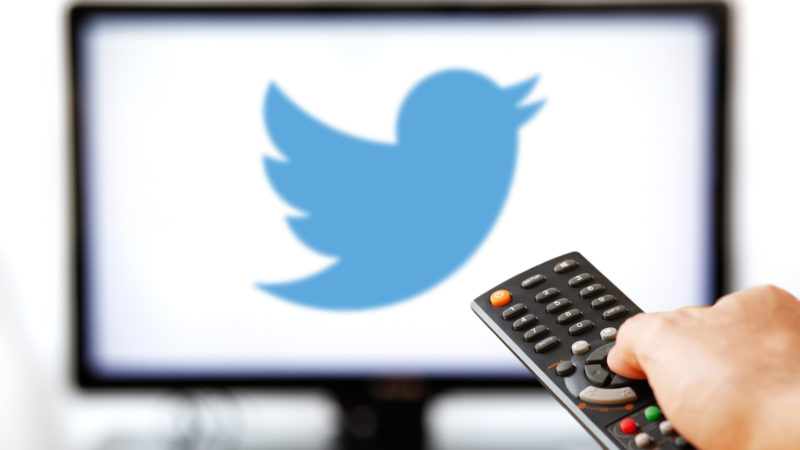Twitter will sell one-third of ads in NFL Thursday game streams
Twitter has won the exclusive rights to stream 10 of the NFL's Thursday Night Football games globally during the upcoming season.
There’s a “Rudy” analogy in the news that Twitter has won the exclusive rights to stream 10 of the NFL’s Thursday Night Football games globally during the upcoming season. While Facebook, Amazon and Verizon were reported as the front-runners for the digital live-streaming rights — at least until Facebook dropped out last week — Twitter was typically left on the sidelines. It shouldn’t have been.
Like Notre Dame football’s unexpected hero, Twitter has spent the past three years working on its NFL relationship so that, when it got called into the game, it could make the big play. That happened on Tuesday. Three years after Twitter first secured the rights to stream NFL game highlights on its social network and sell ads against them — a deal it renewed in 2015 for two more years — the company has won the big one and was one of the lowest bidders. The company’s bill for the 10-game slate was in the low double-digit millions, according to a person familiar with the matter. Twitter declined to comment.
People around the world will be able to watch 10 Thursday Night Football games on Twitter live, whether they’re logged in to the social network or not, and for free. Additionally, NFL teams and players will use Twitter’s Periscope to host live streams before the games, and the league will also distribute in-game highlights through Twitter. NBC and CBS will still handle the TV broadcasts, which will be simulcast on Twitter. That means most of the ads shown in the Twitter streams won’t be sold by Twitter. But not all.
Twitter will be able to sell about one-third of the ad inventory for each game’s live stream, the person said. The company’s ad sales strategy for the Thursday games will mirror its existing ad sales strategy for NFL content. Twitter will sell the ads through its Amplify program that debuted in 2013 so that media companies could distribute their videos on Twitter and make money by working with Twitter to sell ads against those clips. An NFL spokesperson did not immediately respond to questions regarding the league’s and Twitter’s ad sales strategy.
The NFL deal appears to be a big vote of confidence in Twitter’s ad sales abilities. For one thing, the league is handing Twitter some of the most valuable live content available (Sunday games would be more valuable). And for another, the NFL has been able to put Twitter’s ad sales team through a training camp of sorts after letting the social network take the ad-sales lead for the league’s videos last year as part of the two companies’ renewed Amplify deal.
The deal also boosts Twitter’s claim as the domain for the live content and could help address its audience growth struggles. During the company’s most recent earnings call, CEO Jack Dorsey underscored the importance of live content to Twitter. “Twitter is live: live commentary, live connections, live conversations. Whether it’s breaking news, entertainment, sports, or everyday topics, hearing about and watching a live event unfold is the fastest way to understand the power of Twitter,” he said. The Thursday Night Football streams offer Twitter a chance to convince more people of that power and grow its audience beyond the 800 million people already visiting Twitter each month, 320 million of whom do so while logged in to Twitter.
Opinions expressed in this article are those of the guest author and not necessarily MarTech. Staff authors are listed here.
Related stories
